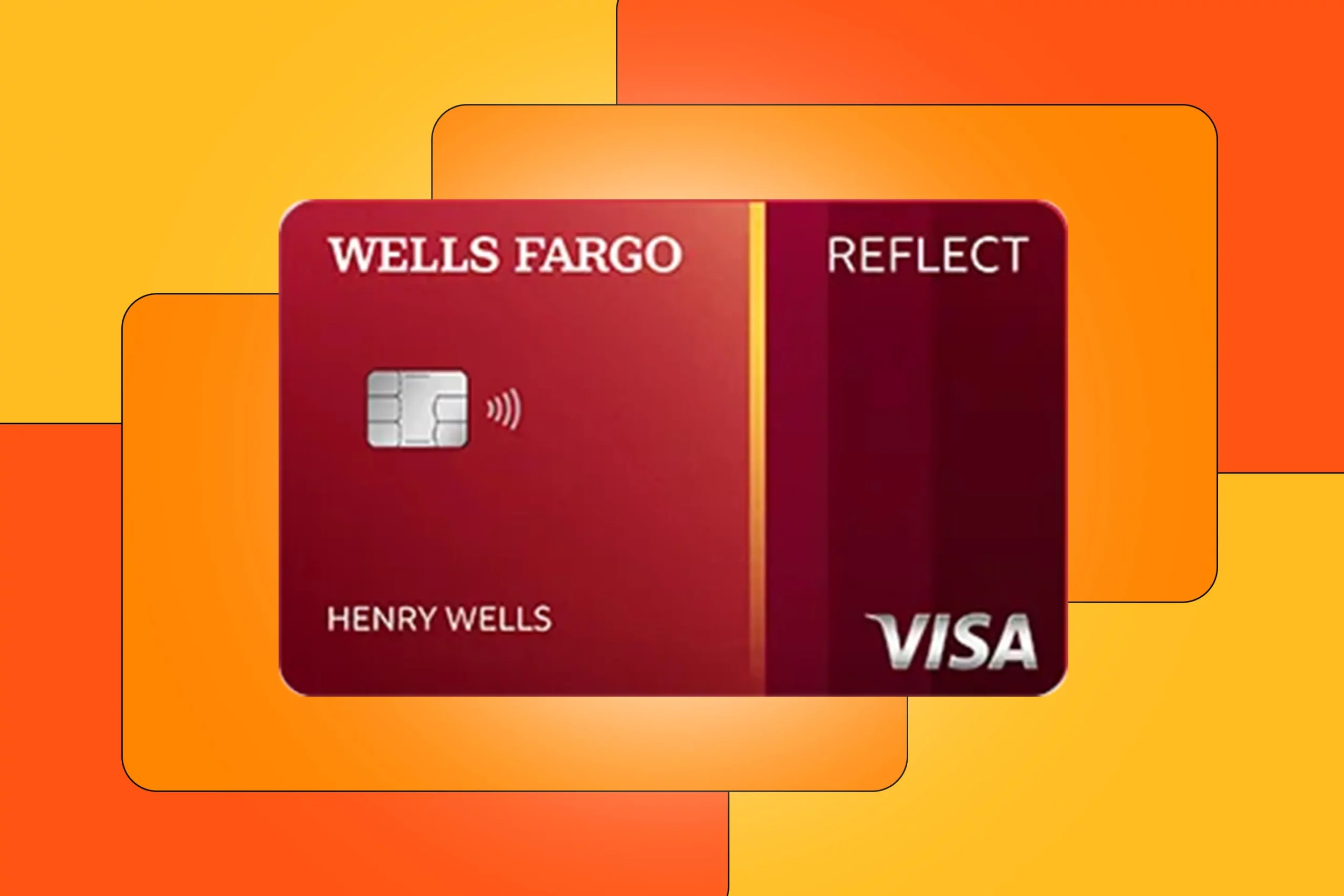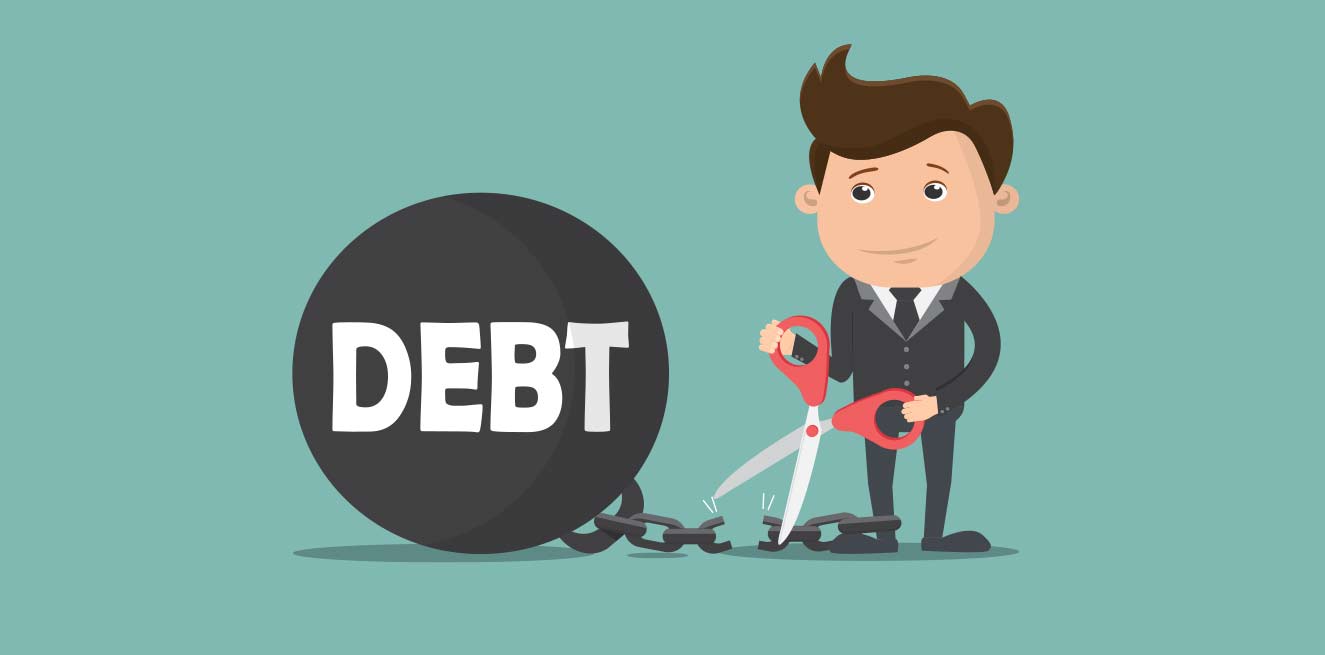Contrary to popular belief, small business loans aren’t just for startups. Established businesses often leverage these loans to expand operations, invest in new equipment, or navigate seasonal cash flow fluctuations. The key is to understand the different types of small businesses loans available and choose the one that best fits your unique needs and goals. In this guide, we’ll delve into the various small business loan options available, their key features, and how you can successfully navigate the application process to secure funding that propels your business forward.
Toc
Types of Small Business Loans

Small Business Loan: Your Funding Catalyst
Small business loans serve as essential financial tools for entrepreneurs looking to grow their businesses. Understanding the different types of loans available can help you make informed decisions about which funding option aligns best with your needs.
Term Loans
Term Loans: A Solid Foundation for Growth
Term loans are one of the most straightforward types of financing available to small businesses. These loans provide a lump sum of capital that you will repay over a predetermined period, usually with a fixed interest rate. The repayment schedule can vary, with short-term loans lasting from 6 months to 1 year, medium-term loans ranging from 1 to 3 years, and long-term loans lasting up to 7 years.
Uses of Term Loans:
- Equipment Purchases: If you need to buy machinery or technology to enhance productivity, term loans can provide the necessary funds.
- Expansion Projects: Whether opening a new location or launching a new product line, term loans can cover the costs involved in expansion.
- Working Capital: Sometimes, you may need a lump sum to cover operational costs during slow seasons.
Term loans are typically secured by business assets, which means that if you fail to repay, the lender can claim those assets. This added security often results in lower interest rates compared to unsecured loans. For instance, a bakery planning to purchase a new oven for increased production capacity could benefit from a term loan. The loan provides the upfront capital, and the fixed repayment schedule allows the business to budget effectively for the loan payments.
While term loans offer stability, their fixed repayment schedule can be inflexible for businesses with fluctuating revenue streams. A seasonal business, such as a landscaping company, might experience higher cash flow during the summer and lower cash flow during the winter. In this scenario, a line of credit, with its flexible draw-down and repayment options, might be a better fit.
Business Lines of Credit
A business line of credit offers flexibility that term loans do not. With a line of credit, lenders provide a maximum loan amount, and you can draw from this pool as needed, paying interest only on the funds you actually use. This makes it an ideal solution for managing cash flow fluctuations or unexpected expenses.
Advantages of Business Lines of Credit:
- Flexibility: You can withdraw funds at any time, which is particularly useful for seasonal businesses that need to cover costs during off-peak times.
- Quick Access to Funds: Unlike traditional loans, which may take time to process, you can access your line of credit quickly.
- Pay Only for What You Use: You avoid paying interest on the full amount, as you only incur costs on the borrowed funds.
A business line of credit can also help build your credit score when managed responsibly, making it easier to secure larger loans in the future.
SBA Loans
SBA Loans: Government Support for Small Business Dreams
Small Business Administration (SBA) loans are government-backed loans designed to support small businesses. These loans offer favorable terms, including lower interest rates and longer repayment periods. They are particularly beneficial for new or small businesses that may not qualify for traditional bank financing. The SBA 7(a) loan program, the most common SBA loan type, offers up to $5 million in funding for various purposes, including working capital, equipment purchases, and real estate acquisition.
Benefits of SBA Loans:
- Lower Down Payments: SBA loans often require lower down payments, making it easier for entrepreneurs to access funding.
- Longer Repayment Terms: With repayment terms extending up to 25 years, these loans can be more manageable for small businesses.
- Wide Range of Uses: SBA loans can be used for various purposes, including purchasing real estate, equipment, or working capital.
However, the application process for SBA loans can be lengthy and complex, requiring thorough documentation and a solid business plan. While SBA loans offer favorable terms, the application process can be more complex and time-consuming than applying for a conventional loan. Additionally, SBA loans often require a personal guarantee from the business owner, which means the owner’s personal assets are at risk if the loan is not repaid.
Merchant Cash Advances
Merchant cash advances (MCAs) provide a lump-sum payment to businesses in exchange for a percentage of future credit card sales. This option is particularly attractive for businesses that experience fluctuating sales, as it allows for flexible repayment aligned with revenue.
Pros and Cons of MCAs:
- Quick Access to Funds: MCAs can be processed rapidly, often within a few days.
- Flexible Repayment: Payments vary based on sales, so you repay less during slower months.
- High Costs: However, the interest rates and fees associated with MCAs can be significantly higher than traditional loans, making them a costly option in the long run.
Businesses that experience consistent credit card sales may find MCAs beneficial, but they should carefully evaluate the costs involved.
1. https://kiahaiduong-5s.com/archive/1652/
2. https://kiahaiduong-5s.com/archive/1650/
3. https://kiahaiduong-5s.com/archive/1649/
Invoice Factoring
Invoice factoring allows businesses to sell their outstanding invoices to a third-party factoring company at a discount. This provides immediate cash flow, enabling businesses to cover expenses while waiting for customers to pay their invoices.
How Invoice Factoring Works:
- Sell Invoices: You sell your outstanding invoices to a factoring company.
- Receive Immediate Cash: The factoring company provides you with a percentage of the invoice amount upfront, usually around 70-90%.
- Customer Pays the Factor: Your customers then pay the factoring company directly, allowing you to focus on your business operations.
Benefits of Invoice Factoring:
- Immediate Cash Flow: This method can be a lifeline for businesses facing cash flow challenges.
- No Debt Incurred: Unlike loans, factoring does not add debt to your balance sheet.
However, businesses must weigh the cost of factoring against the benefits, as fees can accumulate quickly.
Preparing for Small Business Loan Success

Assessing Your Financing Needs
Before applying for a small business loan, it’s crucial to assess your financing needs carefully. This involves evaluating what you need the funds for and how much you require.
Steps to Assess Financing Needs:
- Identify the Purpose: Determine whether you need funds for equipment, expansion, working capital, or other purposes.
- Calculate the Amount: Estimate how much capital is necessary to achieve your goals.
- Consider the Timeline: Think about when you need the funds and how long you’ll need to repay the loan.
A clear understanding of your financing needs will help you select the most suitable loan type and ensure that the terms align with your business’s growth plans.
Building a Strong Business Plan
A well-structured business plan is essential for any small business loan application. This document should articulate your business’s vision, market positioning, financial projections, and the specific use of the loan funds. Lenders want to see a thoughtful, data-driven plan that demonstrates your business’s viability and your ability to repay the loan.
Key Elements of a Strong Business Plan:
- Executive Summary: A concise overview of your business and its goals.
- Market Analysis: Research on your industry, target market, and competition.
- Financial Projections: Detailed forecasts for revenue, expenses, and cash flow.
- Loan Usage: A clear explanation of how you will use the loan funds.
A well-crafted business plan not only acts as a persuasive tool for securing financing but also serves as a roadmap for your business’s future growth and success.
Strengthening Your Financial Profile
Lenders will closely examine your business’s and personal financial history when evaluating your loan application. It’s essential to ensure that your financial records are up-to-date and accurately reflect your business’s financial health.
Tips to Strengthen Your Financial Profile:
- Maintain Accurate Records: Keep your financial statements, tax returns, and other documents organized and up-to-date.
- Improve Your Credit Scores: Work on enhancing both your personal and business credit scores, as these can significantly impact your loan eligibility and terms.
- Showcase Financial Health: Highlight your business’s profitability and cash flow management in your application.
A strong financial profile can make you a more attractive candidate to lenders, increasing your chances of securing favorable loan terms.
Choosing the Right Lender
Not all lenders are created equal, so it’s important to research and compare your options. Consider factors such as interest rates, fees, repayment terms, and the lender’s reputation and customer service.
Factors to Consider When Choosing a Lender:
- Interest Rates and Fees: Compare the costs associated with different lenders and loan products.
- Repayment Terms: Look for terms that align with your business’s cash flow and repayment capabilities.
- Customer Service: Choose a lender known for responsive customer support and transparency.
Online lending marketplaces and platforms provide a vibrant ecosystem of lenders, offering a diverse range of loan products and competitive terms, all accessible from the comfort of your office.
The loan application process can vary depending on the lender and loan type, but generally, you’ll need to provide a range of documentation, including business and personal financial statements, tax returns, and legal documents.
Checklist for Loan Applications:
1. https://kiahaiduong-5s.com/archive/1651/
2. https://kiahaiduong-5s.com/archive/1650/
3. https://kiahaiduong-5s.com/archive/1649/
- Business Plan: A detailed plan outlining your business strategy and goals.
- Financial Statements: Up-to-date income statements, balance sheets, and cash flow statements.
- Tax Returns: Personal and business tax returns for the past few years.
- Legal Documents: Any necessary legal documents, such as business licenses and registrations.
Once you’ve gathered the necessary documentation, you’ll need to address any potential concerns the lender may have and be willing to negotiate loan terms to secure the best possible financing for your business.
Managing Your Small Business Loan

Securing a small business loan is just the beginning. Responsible loan management is crucial for maintaining your business’s financial health and building a strong credit profile for future financing opportunities.
Making Timely Payments
Consistently making on-time loan payments is essential for building a positive credit history and avoiding late fees or penalties. Set up automatic payments or reminders to ensure you never miss a due date, and closely monitor your cash flow to ensure you have the necessary funds to meet your loan obligations.
Staying Organized and Transparent
Maintain detailed records of your loan-related transactions, including payments, statements, and any communications with your lender. This will not only help you stay on top of your financial obligations but also demonstrate your commitment to transparency, should you need to renegotiate loan terms or apply for additional financing in the future.
Leveraging the Loan for Growth
Use the loan funds wisely to invest in your business’s growth, whether that’s expanding your operations, upgrading equipment, or hiring new talent. By using the loan to strengthen your business’s foundation, you increase the likelihood of generating the revenue needed to repay the loan and position your company for long-term success.
Frequently Asked Questions

Q: What credit score do I need for a small business loan?
A: While there’s no universal credit score requirement, most lenders prefer a credit score above 650 for small business loans. However, individual lenders may have different criteria, and they will consider your overall financial profile, not just your credit score.
Q: How long does it take to get a small business loan?
A: The approval process for small business loans can vary significantly, depending on the lender and the loan type. It can take anywhere from a few days to several weeks to complete the application and receive a decision.
Q: What are the common mistakes to avoid when applying for a small business loan?
A: Common mistakes include failing to have a well-structured business plan, providing inaccurate or incomplete financial information, not thoroughly researching and comparing loan options and lenders, and underestimating the time and effort required for the application process.
Q: Where can I find resources to help me find small business loans?
A: Resources include online lending platforms, government agencies like the Small Business Administration (SBA), and non-profit organizations that offer loan programs and counseling services.
Conclusion
Small business loans can be a powerful tool for entrepreneurs looking to unlock new opportunities and propel their business forward. By understanding the various loan options, preparing a strong loan application, and managing your financing responsibly, you can secure the capital you need to achieve your business goals.
Remember, the road to small business success is not always linear, and accessing the right financing can make all the difference. Explore the options, build a solid plan, and take the first step towards transforming your entrepreneurial dreams into reality.











